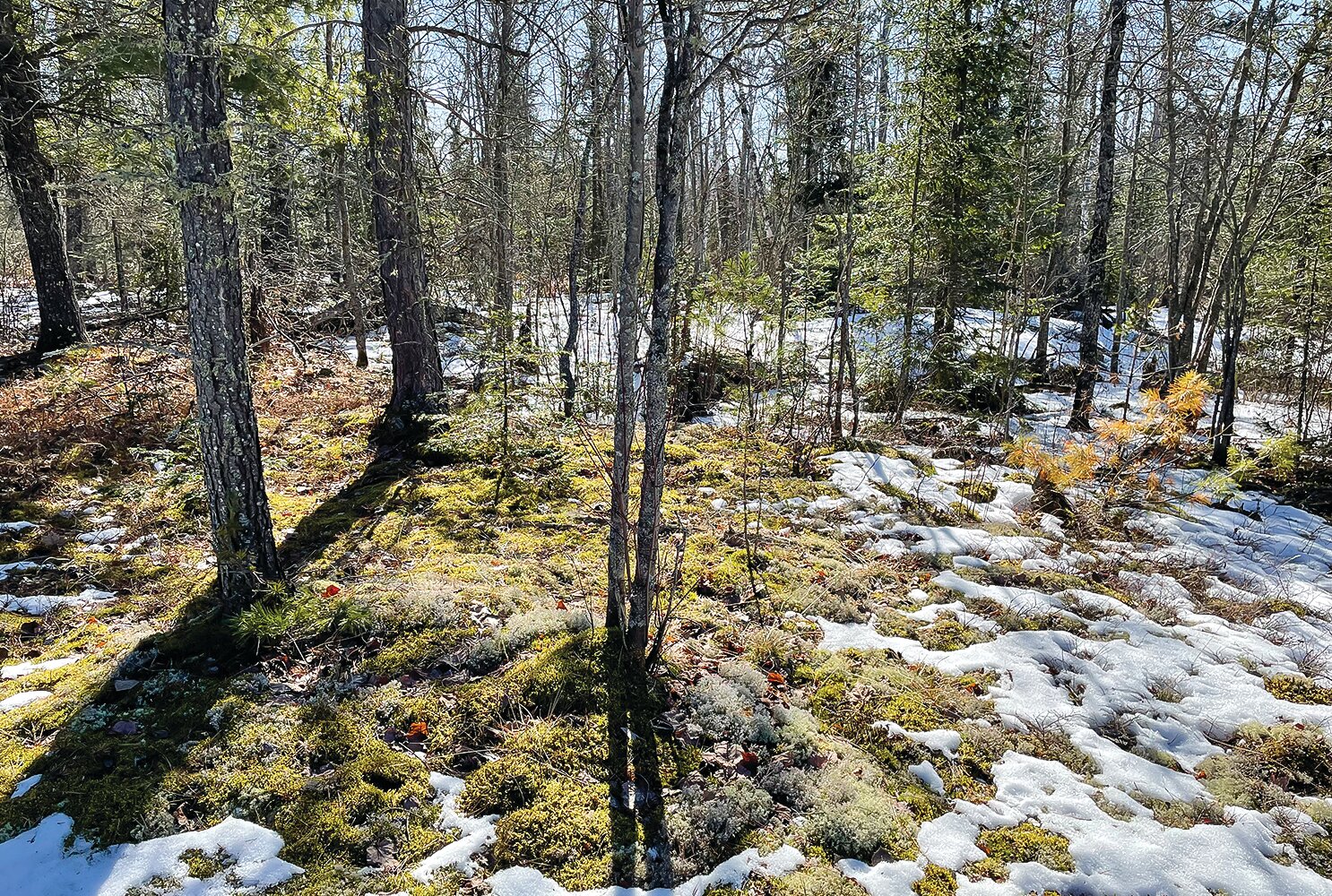Support the Timberjay by making a donation.
Warmest winter ever
Minnesota has beat out the “Year Without a Winter,” setting new record
REGIONAL— Residents of Minnesota have just experienced the warmest winter ever recorded in the state, and it wasn’t even close. While this story was written three days before the official …
This item is available in full to subscribers.
Attention subscribers
To continue reading, you will need to either log in to your subscriber account, below, or purchase a new subscription.
Please log in to continue |
Warmest winter ever
Minnesota has beat out the “Year Without a Winter,” setting new record
REGIONAL— Residents of Minnesota have just experienced the warmest winter ever recorded in the state, and it wasn’t even close. While this story was written three days before the official end of meteorological winter, there was no doubt as of early this week that a record that dates back nearly 150 years, to the winter of 1877-78, was going to fall.
“It’s amazing,” said state climatologist Pete Boulay. “There are a few records that I thought would never be broken and that was one of them.” As of early this week, the Minneapolis-St. Paul International Airport had recorded an average winter temperature (Dec. 1-Feb. 29 is considered meteorological winter) of 29.5 degrees F. That’s 9.9 degrees above the average winter temperature of 19.6 degrees F and was 1.8 degrees F above the 1877-88 record, which meteorologists had long dubbed “The Year Without a Winter.”
The departure from normal was even more pronounced in northern Minnesota, where many stations will end the winter season with average temperatures ranging from 11-13 degrees F above average.
“This winter isn’t just breaking records- it’s insulting them,” said Kenny Blumenthal, another of the state’s climatologists, in a recent personal newsletter he writes about Minnesota weather. “Even if we include the extraordinary 1877-78 winter, nobody alive today, and no grandparents or great-grandparents of anyone alive today, ever witnessed a Minnesota winter like this one,” he said.
Astonishing departures from average
While every winter is different in terms of the intensity and timing of cold temperatures, when averaged over three months, they normally don’t vary more than a few degrees above or below. Not this year. A weather station 25 miles east of Ely, for example, recorded an average winter temperature this season of 21.2 degrees F, a whopping 13.2 degrees above the typical winter average of 7.7 degrees F. A station outside of Orr is set to finish the year about 13.4 degrees above its long-term average, while Tower appears likely to best its typical winter average by more than 12 degrees, with an average temperature this winter of 20.2 degrees F.
In International Falls, which has the longest period of record in far northern Minnesota, this winter was set to finish about two degrees above the previous warmest winter on record— the winter of 1997-98, when the season average reached 19.6 degrees F. The border city, so far, has averaged 21.8 degrees this winter, or 13 degrees above the normal winter average of 8.8 degrees F. The Falls also set a new record for the first 50-degree temperature ever recorded there in the month of January.
“A normal winter is 8.8 degrees, and they’re at 21.8,” said Boulay, with an air of incredulousness. “That’s crazy!”
In fact, the weather experienced across northeastern Minnesota this winter is more typical of winter in a place like Fort Dodge, in central Iowa, where the typical winter average temperature checks in at 22.1 degrees.
Little snow
Tuesday’s snowfall across the region came after weeks of little precipitation of any kind and it was an exception for a winter that has been notable for the lack of snow. According to the state climatology office, most weather stations in the state are reporting less than half of their usual snowfall, in part because so much of this winter’s precipitation fell as rain.
Indeed, Boulay noted that total precipitation at most stations is actually running slightly above average for the winter season even as snow totals are running exceptionally low. The departure from average in northeastern Minnesota is particularly noticeable, at least to date. As of Monday this week (before Tuesday’s snowfall), Ely had recorded just 26 inches of snow since the start of the snow season, which began on Halloween this season with 3.5 inches of snow.
The 45-year average snowfall in Ely is 71.2 inches according to records from Vermilion Community College. The minimal snowfall, combined with the warmest temperatures ever recorded during a Minnesota winter, have left little snow on the ground as of the end of the February across most of the North Country. That’s a time of year when 20-24 inches of snowpack is more typical.
Part of a trend
This year’s extraordinary winter comes at a time when winters across the globe, including in northern Minnesota, have been warming as a result of the rising levels of C02 and other greenhouse gases in the atmosphere. According to data compiled by the Minnesota DNR, winters in the Rainy River headwaters watershed are running more than four degrees F warmer today than at the beginning of record keeping in 1896.
What’s more, the frequency of exceptionally warm winters has also increased dramatically in the North Country while the frequency of cold winters has declined markedly. During the first 101 years of recordkeeping, the region never experienced a meteorological winter season with an average temperature that exceeded 15 degrees F. Over the past 37 years, however, the region has experienced six winter seasons (or roughly one every six years) with an average temperature in excess of 15 degrees F.
During the past forty years, by contrast, only five winters have been colder than 5.1 degrees F, which was the average winter temperature from 1896-1915, the first 20 years of recordkeeping in the region.
More records to come?
The record mild air temperatures could well set new records for early ice-out. Some lakes, particularly in southern Minnesota, already set records for the latest ice-in dates, which didn’t occur in many cases until mid-January. And given the short-lived nature of the season’s one modest cold snap, most Minnesota lakes are sporting a much thinner layer of ice than usual. Some lakes even here in the North Country have less than a foot of ice, at a time of year when 28-36 inches is more typical.
Boulay said he’s going to be setting up his ice-out web page earlier than usual this winter, anticipating more records are going to fall. With temperatures that hit the low 60s in southern Minnesota earlier this week, what little ice remains is expected to go quickly.
The weather in March will likely determine whether ice-out dates set records in northeastern Minnesota. While ice-out for most area lakes comes in late April or early May, this year could prove an exception. The unprecedented warmth experienced in March 2012 sparked new early ice-out records across the board in northeastern Minnesota, but this year could top even that exceptional year. In 2012, the ice officially cleared on Lake Vermilion on March 31, a full month earlier than its average date of April 30.
This week’s weather rollercoaster, which featured the first below zero temperatures in some places in weeks along with the first significant snowfall in several weeks, extraordinary warmth is expected to return again by this weekend, when temperatures are expected to reach the low 50s.









